I’ve always been excited about Science. Believe it or not, as a child it was my dream to become a Pediatrician. In High School, that dream was slightly crushed by my Grade 11 Chemistry and Grade 12 Co-op teacher who said that I would be a better teacher than Scientist. I thought that if perhaps she had stuck to Science rather than teaching, I may not have been so terrible at it. But that conversation also sparked in me something that made me want to prove her wrong. I went on to get a degree in Science, worked for a chiropractor and then did Pancreas Cancer Research. And then, I got on with my true passion – teaching.
I say this because I think in a very real way, we have the power to be able to shape our students’ interests. If we make a topic or subject engaging, they are more likely to embrace it. If we offer tools to allow them to think critically, collaborate and problem solve, then no matter the content, they can transfer those skills and embrace new learning opportunities.
I remember my experiences and that conversation with my Science/Co-op Teacher vidly because I said that if ever I became a teacher, I would never teach Science in the same way. As a beginning teacher, I think that I did. I taught based on what I remember learning which was through a textbook or worksheets with a few experiments sprinkled in. I wasn’t doing much better because I found myself again mirroring the content-delivery that I was familiar with. It wasn’t until I learned about and understood the power of inquiry that my practice was able to change.
4 years ago I had the privilege of working at John A. Leslie Public School with some amazing teachers who were on a journey through inquiry and looking at how it might be done in the whole school through the theme of water. Classes from Kindergarten through grade 8 were engaged in allowing students to question and explore their own interests related to water. From exploring pollution in the Great Garbage Patch to investigating water scarcity in different parts of the world, – including Canada – students were learning about Science in meaningful ways. Seeing the messiness but high engagement of inquiry allowed for me to make the shift and I haven’t looked back since.
Currently, I teach grade 5 Science and my students have been working on their own inquiry related to Human Body Systems. In the beginning, we watched a few brief videos identifying the systems and their interconnectedness. From that point, students were asked to consider a rich question to investigate related to our learning. Almost every student came up with a different question and they have been investigating them. We’re now at the stage where students are creating artifacts of their learning. Some are creating websites that will host their information for others. Some are creating slides presentations, while other are creating models. Some are even choosing to do a combination of a model and presentation.
During our classes, students are the ones directing what they need to do in order to complete their tasks. They’re collaborating with peers for feedback and to share their information as they learn. They have choice in how they wish to present their learning to others and are excited about doing it in their own way. The process isn’t always as straightforward and sometimes I wish there were more of me to go around and conference with students, but when students are engaged in and learning about something that is meaningful to them, I find it to be the best type of work.
Here’s to hoping that through inquiry, students can find an entry point into the wonderful world of Science.

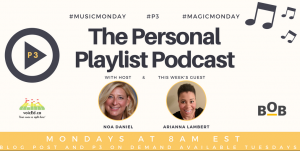
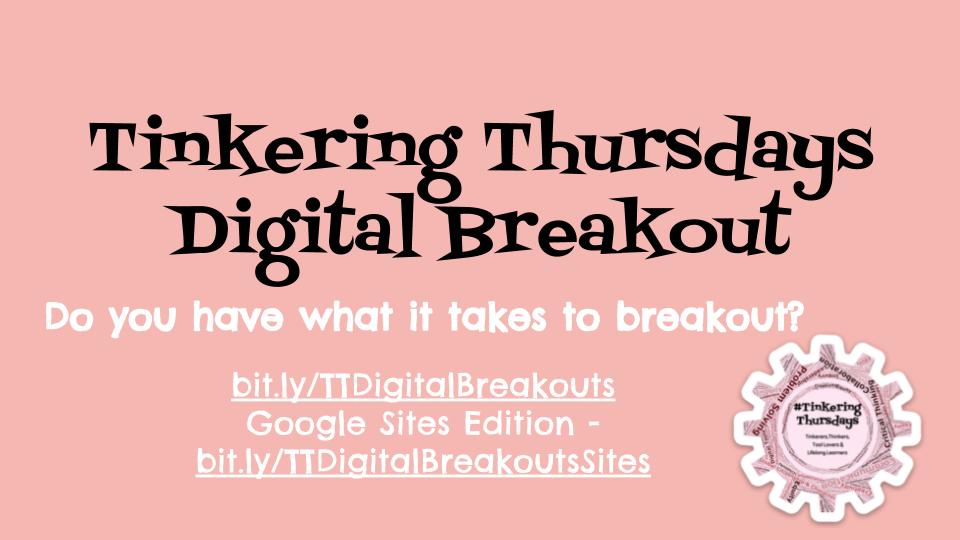

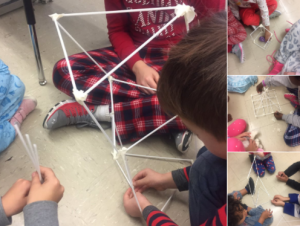
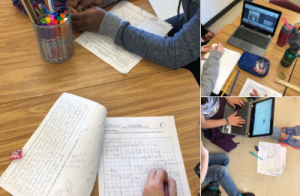

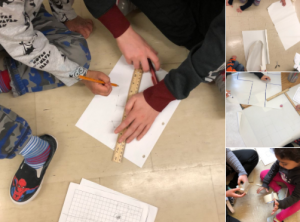
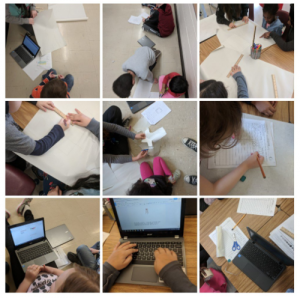 Next week we are on to our build and learning about hand tool safety in kindergarten. It’s sure to be a new adventure and I can’t wait to see and share the actual solutions that they create.
Next week we are on to our build and learning about hand tool safety in kindergarten. It’s sure to be a new adventure and I can’t wait to see and share the actual solutions that they create.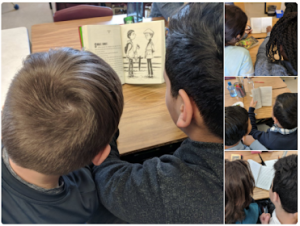
 On Day 1, many groups decided to start off with reading and to jump into making predictions through the use of Padlet. They discussed and made inferences based on the blurb, images from the text and what they read in the first few pages and determined what they thought the text would be about and from whose perspective the text may be written. Today, some groups decided to search for a quote that had a deeper meaning that could be applied to our lives while others took some time to visualize the setting and drew a scene. It’s inspiring not only to see students helping each other out with pronouncing and/or making meaning from new or unfamiliar words but there is also a true sense of collaboration as they work understand the text and in the completion of tasks. They may not necessarily be in groups with their friends but they are making new friendships as they work together and learn from and about each other.
On Day 1, many groups decided to start off with reading and to jump into making predictions through the use of Padlet. They discussed and made inferences based on the blurb, images from the text and what they read in the first few pages and determined what they thought the text would be about and from whose perspective the text may be written. Today, some groups decided to search for a quote that had a deeper meaning that could be applied to our lives while others took some time to visualize the setting and drew a scene. It’s inspiring not only to see students helping each other out with pronouncing and/or making meaning from new or unfamiliar words but there is also a true sense of collaboration as they work understand the text and in the completion of tasks. They may not necessarily be in groups with their friends but they are making new friendships as they work together and learn from and about each other.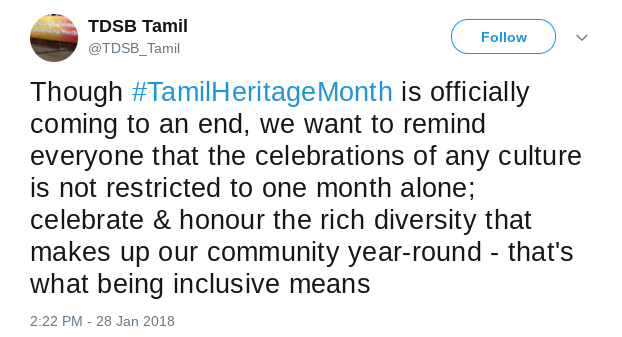
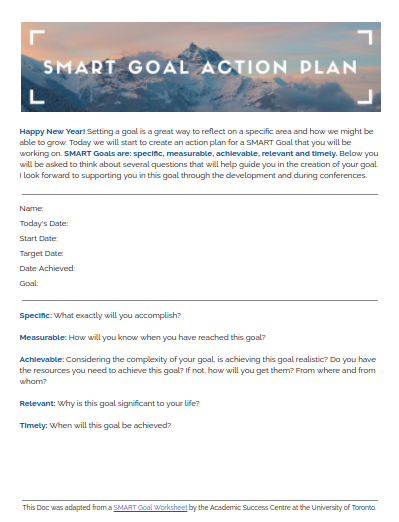


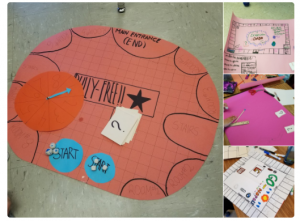
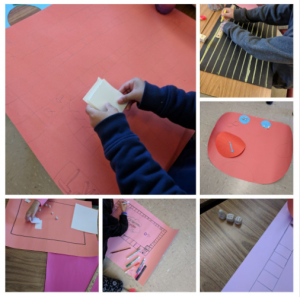 As I mentioned before, we are well into the creation stage and will continue in the new year. I do wonder however, if by calling it a board game, if I have steered them into a specific direction. Could it have been just a game where I may have seen a greater diversity of materials being used from physical to online? Did I in reality just do the very thing that bothered me so much about my mother’s course? Ask students to create something that wasn’t bored and yet steered them all into asking for bristol board? I’m on a path to really reflect on the types of tasks that I design for students while expecting them to become critical thinkers who are creative. This has now become food for thought for future tasks that we’ll embark on. Please stay tuned!
As I mentioned before, we are well into the creation stage and will continue in the new year. I do wonder however, if by calling it a board game, if I have steered them into a specific direction. Could it have been just a game where I may have seen a greater diversity of materials being used from physical to online? Did I in reality just do the very thing that bothered me so much about my mother’s course? Ask students to create something that wasn’t bored and yet steered them all into asking for bristol board? I’m on a path to really reflect on the types of tasks that I design for students while expecting them to become critical thinkers who are creative. This has now become food for thought for future tasks that we’ll embark on. Please stay tuned!